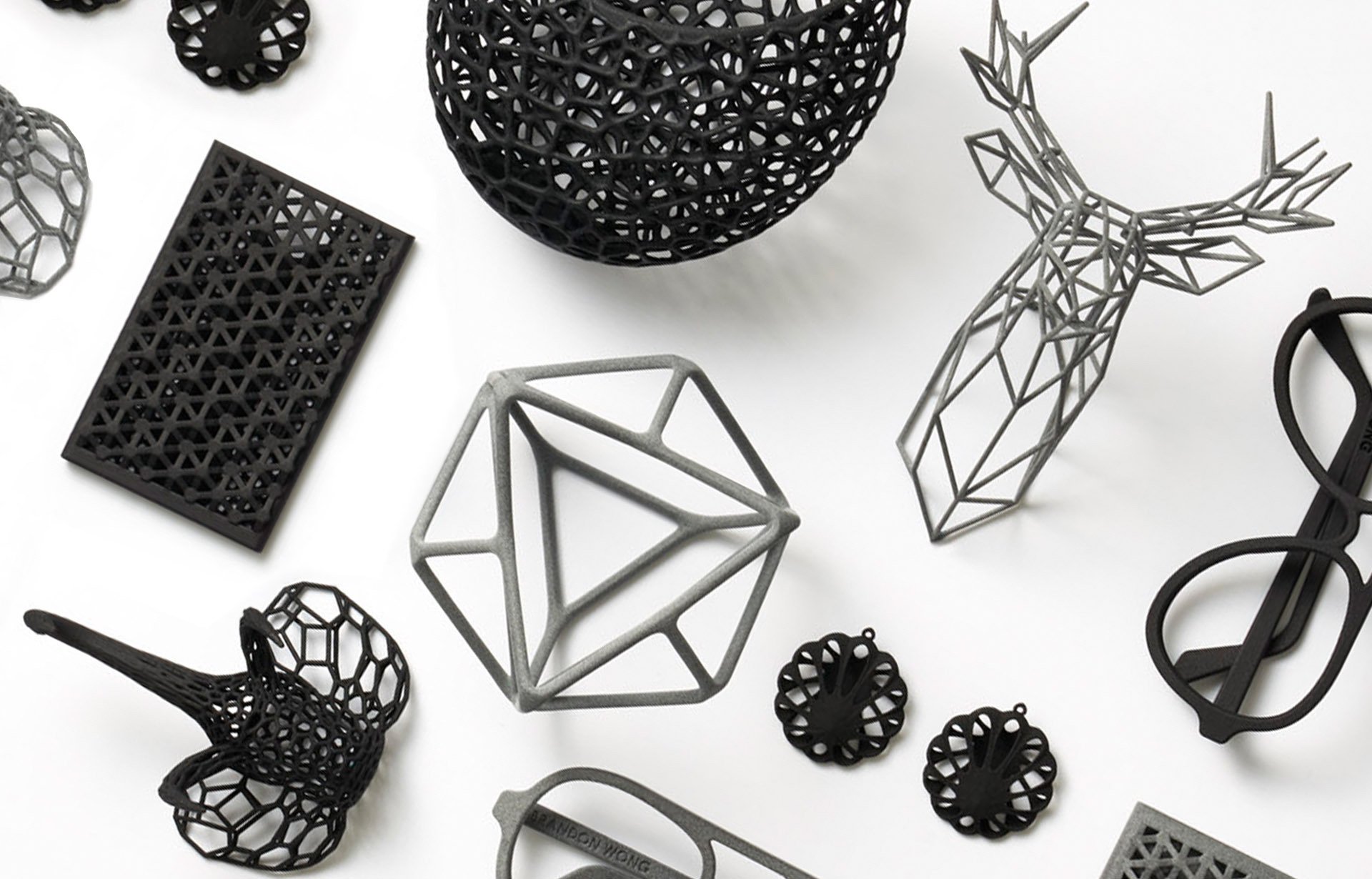-
-
Search our Marketplace
-
- Manufacturing
- Industries
-
Materials
Not sure what material to choose? View 3D Materials Guide
- ABOUT
- Investors Marketplace
- Get a Quote
-
-
0






PA 12 Glass Beads is a Multi Jet Fusion nylon plastic infused with glass beads that improve product stiffness and structural integrity. This material is 40% glass-filled which reduces warping during the printing process and over the product’s life. PA12 Glass Beads is great for flat and large parts that are prone to warping in Versatile Plastic and MJF PA12 Plastic and for functional parts that require high strength and dimensional accuracy. More information about this material can be found in our Help Center.
 Gray
Gray
Maximum Bounding Box
284 x 380 x 380 mm
Minimum Bounding Box
4 x 4 x 1 mm or X + Y + Z > 9 mm
The bounding box is a 3D imaginary outline of a box that encloses the smallest area occupied by your model. Your model must be within the minimum and maximum bounding box sizes. If the size of the model is close to the maximum bounding box, then the printing orientation will be restricted.
A supported wall is connected at least on two sides of the wall, while an unsupported wall is connected only on one side of the wall. Walls that do not meet the minimum requirements may not survive printing and cleaning processes. Additionally, models may still be rejected based on the wall geometry of the model. Please consider the size of your model and reinforce the walls or add support structures as needed as minimum guidelines will not always be adequate for large models.
1.0 mm
1.0 mm
A wire is a circular, rectangular or even triangular feature that is thinner in its unconnected directions than its length. A supported wire is connected at least on two sides of the model, while an unsupported wire is connected on one side of the model. Wires that do not meet the minimum requirements may not survive printing and cleaning processes. Additionally, models may still be rejected based on the wire geometry of the model. Please consider the size of your model and reinforce the wires or add support structures as needed as minimum guidelines will not always be adequate for large models.
0.5 mm high & wide
0.5 mm high & wide
For text, the ratio between width and depth, should be 1:1 and sans-serif fonts are preferred for line weight consistency.
4.0 mm
2.0 mm
Escape holes are necessary to empty the support material of a hollow model. Two escape holes at the opposite ends of the model is optimal for the support removal process. Please consider the size of your model and make the escape holes bigger or add more escape holes as needed as minimum guidelines will not always be adequate for large models.
0.6 mm
Clearance is the space between two individual parts in a model. If the space among the individual parts do not meet the minimum clearance, then parts can fuse together or can be difficult to clean. This is important for movable pieces like hinges, gears, etc.
Interlocking
Yes
Enclosed
Yes
Up to 250
± 0.2 mm ± 0.5% of the length


From product development to industrial 3D manufacturing, we can help you scale your business.
contact sales